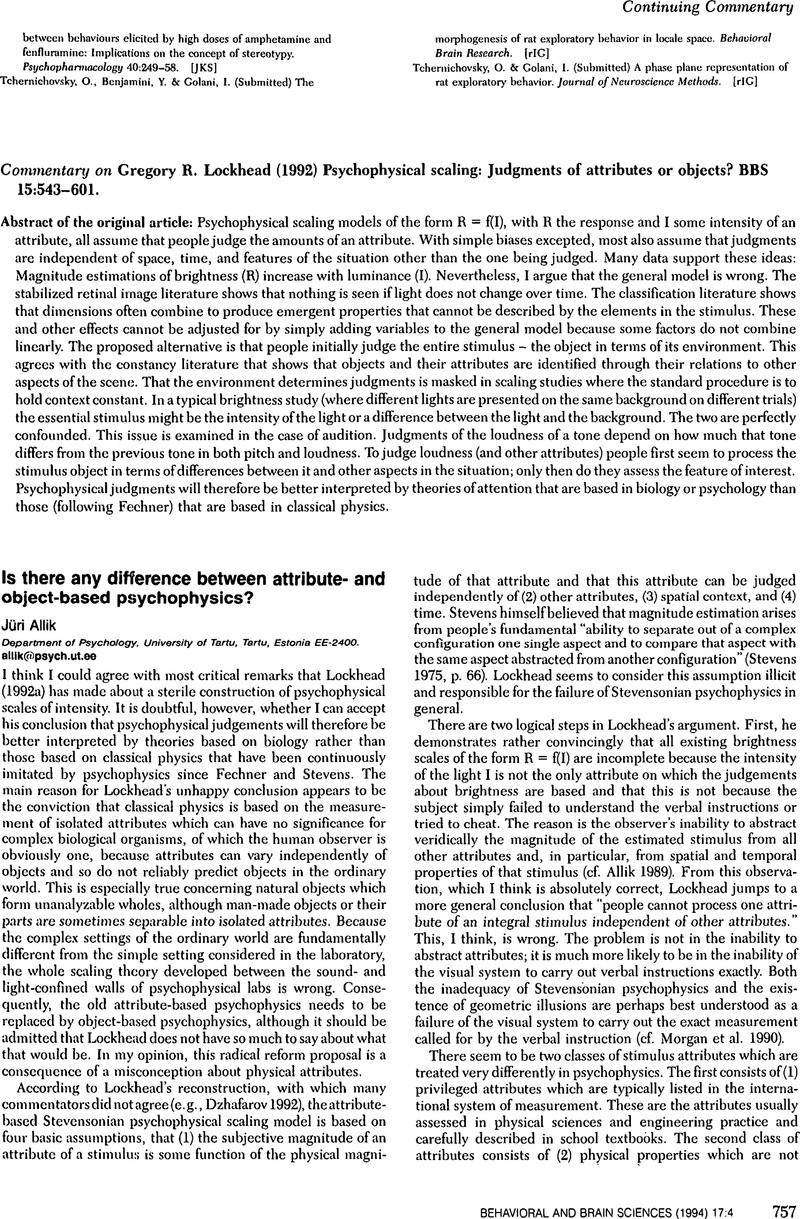Crossref Citations
This article has been cited by the following publications. This list is generated based on data provided by Crossref.
Sarris, V.
2001.
International Encyclopedia of the Social & Behavioral Sciences.
p.
8155.
Kressley-Mba, Regina A.
2006.
On the failed institutionalization of German comparative psychology prior to 1940..
History of Psychology,
Vol. 9,
Issue. 1,
p.
55.
Hauf, Petra
Prior, Helmut
and
Sarris, Viktor
2008.
Generalization gradients and representation modes after absolute and relative discrimination learning in young chickens.
Behavioural Processes,
Vol. 78,
Issue. 1,
p.
93.
HAUF, PETRA
and
SARRIS, VIKTOR
2008.
Two‐dimensional psychophysics in chickens and humans: Comparative aspects of perceptual relativity.
Japanese Psychological Research,
Vol. 50,
Issue. 4,
p.
167.
Sarris, Viktor
2015.
International Encyclopedia of the Social & Behavioral Sciences.
p.
123.



